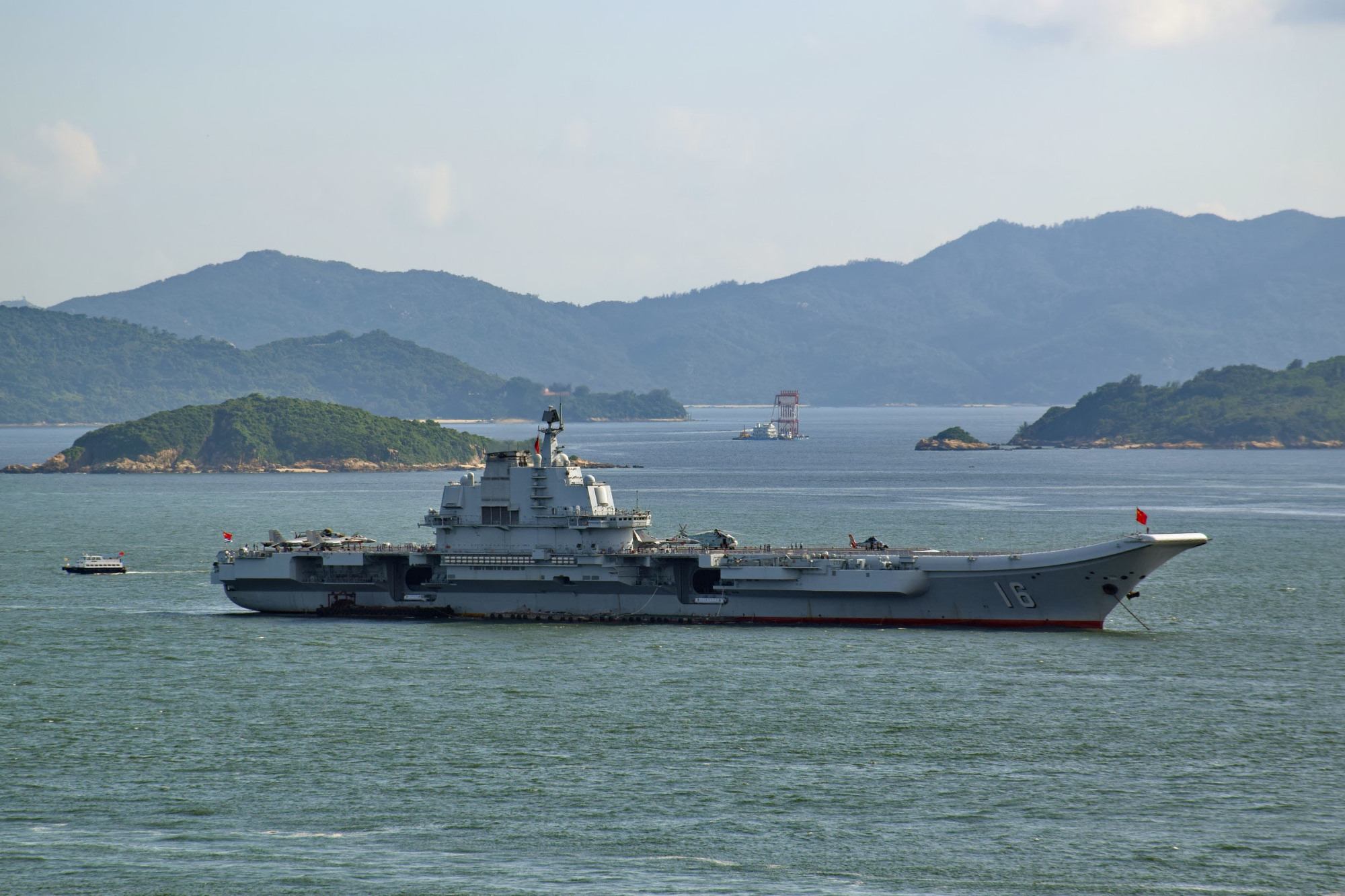The 2012 commissioning of the Chinese Navy's first aircraft carrier, the Liaoning, and the subsequent expansion of the country's carrier fleet, with three new warships currently in various stages of testing or construction, has been cause for great apprehension among its potential adversaries in Asia and the West. Borrowing heavily from the highly ambitious Soviet Kuznetsov and Ulyanovsk carrier programs initiated in the late 1980s, both of which were cut short by the country's collapse, China is on schedule to have four carriers by 2025.
Not only is Chinese Navy's fleet numerous, but its vessels are growing in both sophistication and size. While the carrier Liaoning, a better armed and modernized sister to the Russian carrier Admiral Kuznetsov, leaves much to be desired in its sophistication, state of the art technologies developed for future carriers will make them considerably more capable. These include electromagnetic launch systems (EMALS), facilitating the deployment of heavier and better armed fighters; carrier-based early warning aircraft, the development of which was completed in 2017; and dedicated carrier-based electronic attack jets, currently in the prototype stage. These assets, all fielded by the latest U.S. supercarrier USS Gerald Ford, are set to allow the Chinese Navy's future carriers to better contend with advanced rival warships fielded by Japan, the United States and other potential adversaries in the Pacific. Combined with the rapid growth in the country's destroyer fleet and the commissioning of a lethal new destroyer class, the Type 055, China's ability to project power at sea and contest dominance of the contested and strategically vital South and East China Seas appears to be growing apace.
While the four-ship-strong Chinese Navy carrier fleet planned for 2025 is already a daunting prospect for the U.S. and its Asian allies, there is a considerable chance that a lower profile defense program currently underway could see this number rise to seven. Alongside the development of three carrier warships, the Type 001, Type 002 and Type 003, Chinese shipbuilders have also begun the construction of three amphibious assault ships — 40,000 ton warships approximately the same size as the French carrier Charles De Gaulle. The warships are highly similar to the U.S. Navy's America and Wasp class amphibious assault ships, almost identical in size and appearance. The example set by the American warships could well give some indications as to the People Liberation Army's intentions for the Type 075 class' future.



